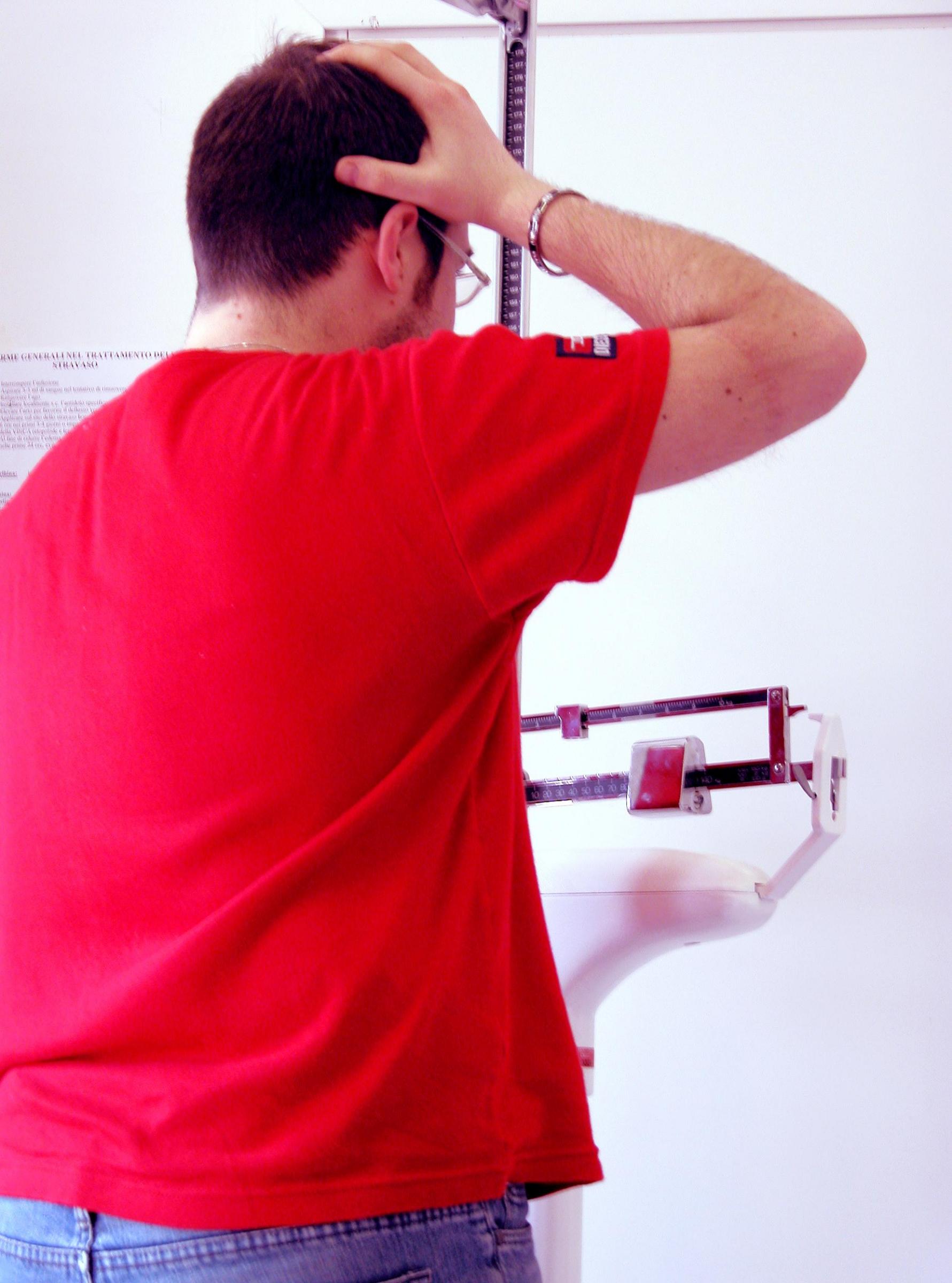Many Invasive Surgeries No Better Than Placebo
/By Pat Anson, PNN Editor
In an age when doctors are urged not to prescribe opioids, many patients are being told to have surgery or other invasive procedures to treat their chronic pain.
But a systematic review of 25 clinical trials found little evidence that invasive surgeries are more effective than placebo or sham procedures in reducing low back and knee pain. The study was published in the journal Pain Medicine.
"Our findings raise several questions for clinicians, researchers, and policy-makers. First, can we justify widespread use of these procedures without rigorous testing?" said lead author Wayne Jonas, MD, a Professor of Family Medicine at Georgetown University School of Medicine.
“Given their high cost and safety concerns, more rigorous studies are required before invasive procedures are routinely used for patients with chronic pain.”
The invasive procedures that were analyzed include arthroscopic, endoscopic and laparoscopic surgeries, as well as radiofrequency ablations, laser treatments and other interventions.
In each study, researchers also performed sham or placebo procedures on a control group where they faked the invasive procedure. Patients did not know which intervention (real or sham) they received. Researchers then compared the patients’ pain intensity, disability, health-related quality of life, use of medication, adverse events, and other factors.
They found that reduction in disability did not differ between the two groups three months after the procedures or at six months. Seven of the studies on low back pain and three on knee osteoarthritis showed no difference in pain intensity at six months compared with the sham procedures.
“There is little evidence for the specific efficacy beyond sham for invasive procedures in chronic pain. A moderate amount of evidence does not support the use of invasive procedures as compared with sham procedures for patients with chronic back or knee pain,” said Jonas.
Invasive treatments are being increasingly used as an alternative to opioids. Americans spent an estimated $45 billion on surgery for chronic low back pain and $41 billion on arthroplasty for knee pain in 2014.
Several previous studies have also questioned the value of arthroplasty. Over 850,000 arthroscopic surgeries are performed every year to relieve knee pain in the UK and the United States. But a 2015 study published in the BMJ questioned the evidence behind the surgery and said it provides only “small inconsequential benefit.”


























